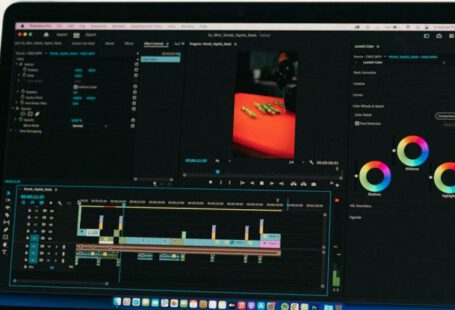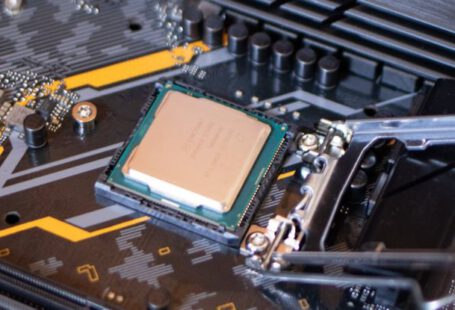In the realm of PC building and setup optimization, the importance of cable management is often underestimated. Whether you are a professional gamer, a content creator, or simply an enthusiast, the way you organize your cables can significantly impact your system’s airflow and overall performance. Let’s delve into the reasons why organizing cables is crucial for maximizing airflow and enhancing the performance of your setup.
The Impact of Cable Management on Airflow
Proper cable management plays a pivotal role in ensuring optimal airflow within your PC case. When cables are haphazardly strewn about or tangled together, they can obstruct the flow of air from fans and vents, leading to poor ventilation. This restriction in airflow can result in higher temperatures inside your system, which can negatively affect the performance and longevity of your components.
By organizing your cables neatly and routing them strategically, you can create clear pathways for air to circulate freely throughout your PC case. This improved airflow helps in dissipating heat more efficiently, keeping your components cooler and maintaining optimal operating temperatures. As a result, you can prevent thermal throttling, improve stability, and enhance the overall performance of your system.
Reducing Cable Clutter for Aesthetic and Functional Benefits
Beyond the technical advantages of improved airflow, cable management also contributes to the aesthetic appeal of your setup. A cluttered nest of cables not only looks unsightly but can also make it challenging to access components for upgrades or maintenance. Organizing your cables neatly not only enhances the visual appeal of your build but also makes it easier to identify and troubleshoot any issues that may arise.
Moreover, reducing cable clutter can enhance the functionality of your setup by minimizing the risk of accidental disconnections or damage caused by tangled cables. By securing and routing your cables properly, you can protect them from being snagged or pulled, ensuring a more stable and reliable connection between your components.
Strategies for Effective Cable Management
To optimize airflow and performance, consider implementing the following strategies for effective cable management:
– Use cable ties, Velcro straps, or cable management clips to bundle and secure cables together.
– Route cables along designated pathways within your case, such as behind the motherboard tray or through cable management channels.
– Group cables based on their function or destination to keep them organized and easily traceable.
– Invest in cable management accessories, such as cable combs or sleeves, to streamline the appearance of your cables and maintain a clean aesthetic.
By adopting these practices, you can transform your cable management from a tangled mess to a well-organized system that promotes airflow, improves performance, and enhances the overall look of your setup.
Maximizing Performance Through Effective Cable Management
In conclusion, the impact of organizing cables on airflow and performance should not be underestimated. By taking the time to tidy up your cable routing and implement proper cable management techniques, you can reap a multitude of benefits for your PC setup. From improved airflow and temperature regulation to enhanced aesthetics and functionality, cable management plays a crucial role in optimizing the performance and longevity of your system. So, roll up those sleeves, grab some cable ties, and start organizing those cables to unleash the full potential of your PC build.





